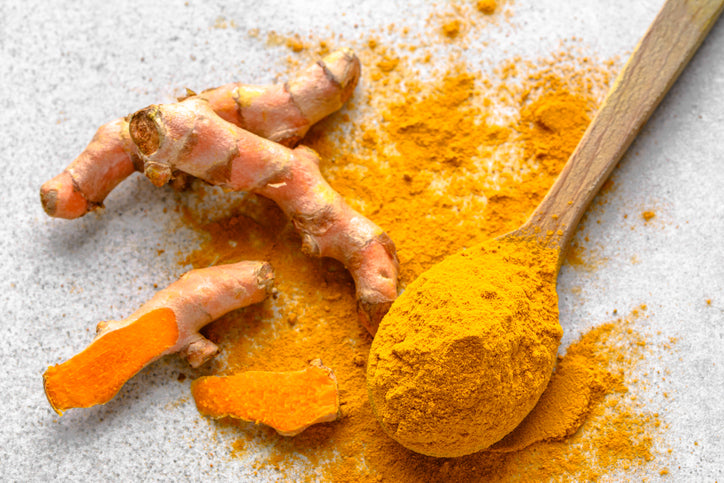Panax Ginseng (Asian Ginseng)
Panax ginseng has a long, rich history of use in China, Korea and Japan that goes back thousands of years. It is a well-known adaptogen and a widely used restorative tonic in Traditional Chinese Medicine. Its scientific name “Panax” comes from the Latin word “panacea” because of its use for a huge variety of conditions. Panax ginseng is one of the most studied herbs on Earth. Its safety has been well established, not only through scientific research, but also through historical usage. And even so, it has gotten a bad rap here in the States. We are unfortunately “ginseng phobics” – the phobia being rooted in misinformation and simple misunderstanding of the plant.
The team here at Redd is not afraid of ginseng. We feel it is one of the most prized natural medicines available to us. Remember that Panax ginseng is a true adaptogen. In Traditional Chinese Medicine, it is one of the great tonic remedies, used to restore “qi”, or vital energy, and restore vitality. Ginseng promotes resistance to fatigue and stress; increases physical work capacity; stimulates learning and is radioprotective. It looks to balance and nourish; to support the normal functions of the immune, cardiovascular, endocrine and nervous system. All of these effects are very well-established. There are so many health benefits of ginseng that I could write volumes on this plant alone. The roots of Panax ginseng contain various components – polysaccharides, sterols, and saponins. The active constituents in the roots are collectively called “ginsenosides”, and the amounts of these active compounds can vary depending upon the age of the plant, where it was grown and other factors.
Asian ginseng comes in many forms and many varieties. This is where I think some of the confusion comes in. There are 2 distinct forms of Panax ginseng that are widely available here in the States – white and red. White Panax ginseng is simply dried in the air and sun. Red Panax ginseng is steamed and then dried. The steaming process slightly changes the properties of the root and essentially the effects in the body. Red ginseng is much “warmer” than white ginseng, which is considered “slightly warm”. These obviously aren’t terms we use in Western Medicine, but think about them for a minute….it makes sense. A “warm” or “hot” herb is more stimulating; hence, its effects in the body might give more of a “push”. The warming nature of the herb helps to move energy around the body. While red ginseng is still considered a tonic, it is used when more of a “push” would be more appropriate for a person. Ginseng is commonly used for fatigue and exhaustion. In these cases, a little push is certainly needed. And this brings me to another point…misuse.
Much of the negative attention ginseng has received has a lot to do with misuse. I don’t know why, but many of us have this “more is better” attitude. It isn’t necessarily the “more ginseng” that is the issue; it’s the “more” of every other stimulant people consume with it. Remember the first criteria for all adaptogens – they must be nontoxic and safe. This is true of ginseng. There is no known toxicity. There are no known or recognized contraindications according to the World Health Organization and the German Commission E. Caffeine, on the other hand…certainly has known toxicity issues – is the most widely abused stimulant in the world. Put those two things together and the “push” it creates in the body can be significant. It’s not inconceivable that mass amounts of ginseng (especially red) paired with excessive amounts of caffeine could cause issues. Let me try to explain why. Caffeine is a stimulant that artificially extends the central nervous system beyond its limits. (That’s why we experience the “crash”).
Panax ginseng is going to make this artificial boost even stronger, because it is looking to balance a system that is obviously out of whack. It will also up-regulate body systems, such as the adrenals and the central nervous system, because they need it. It isn’t the ginseng that causes the irritability or the rise in blood pressure – it’s the caffeine. If the correct type of ginseng is used in the correct doses in the absence of excessive amounts of other stimulants, the outcome would be very different – it would be normalizing.
Panax ginseng is the grand-daddy of all adaptogens. (Its Chinese name, ren shen, actually means “man root”.) This incredible adaptogen has had the trust of several cultures for many millennia. And as long as you don’t follow it up with a few cans of Red Bull, you can experience the truly significant health benefits of this little root.
Related Posts


